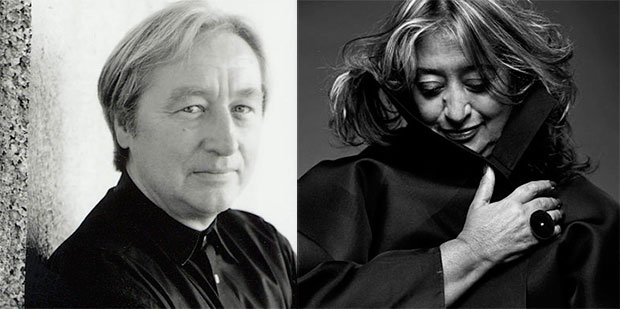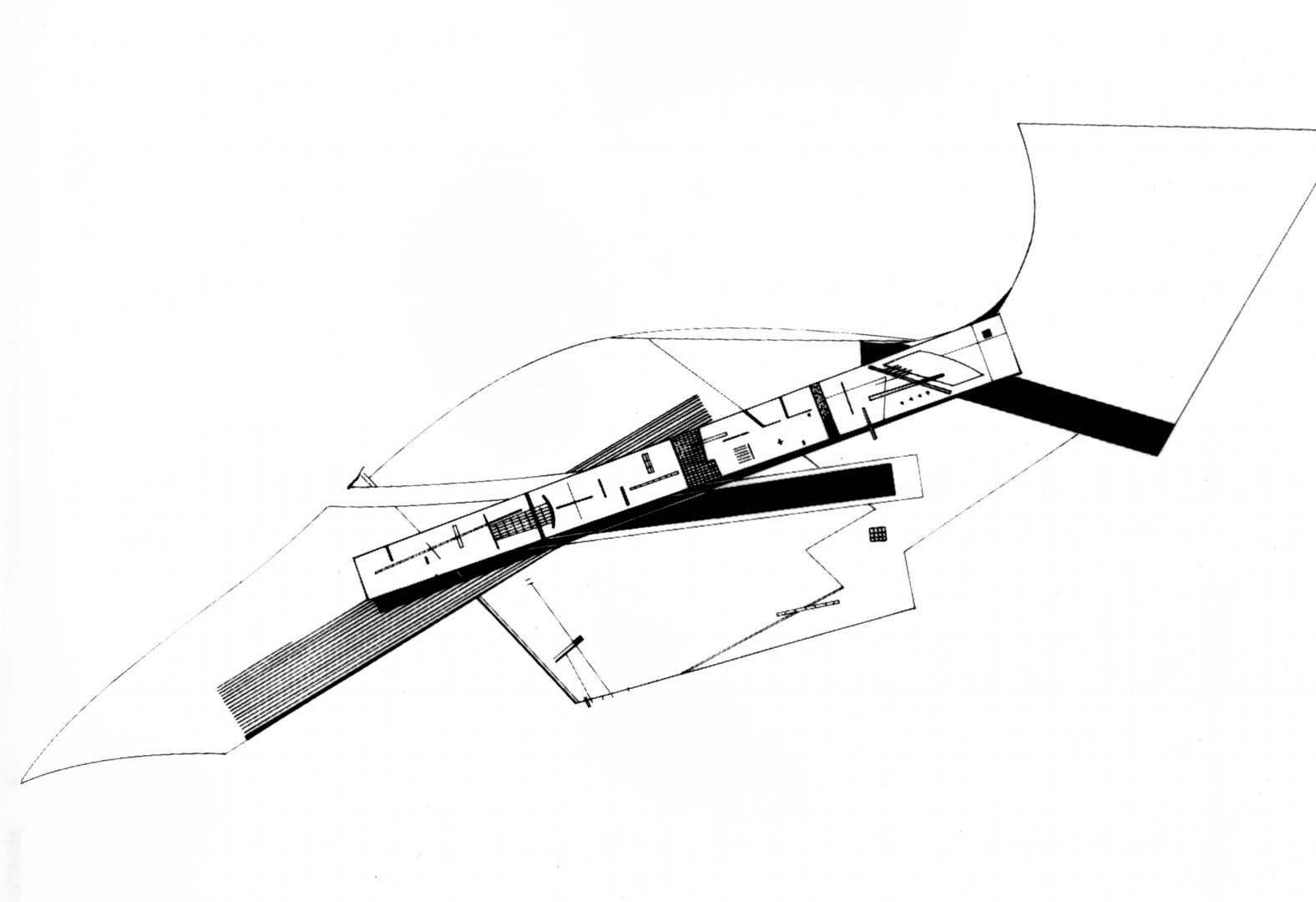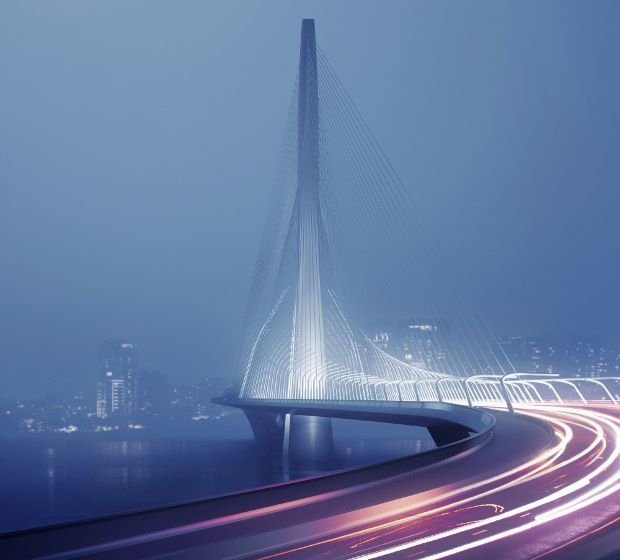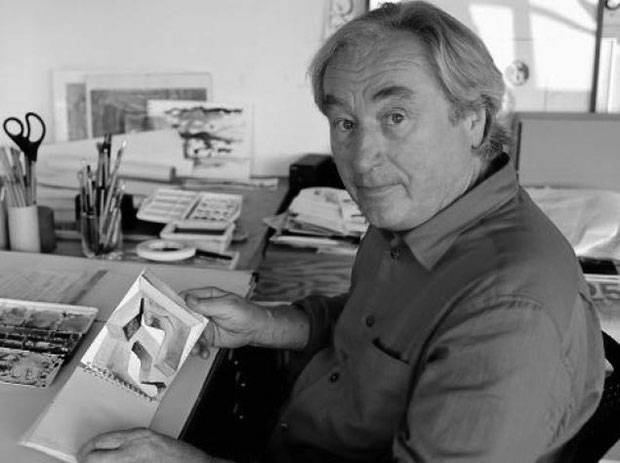
Steven Holl on the early days of Zaha Hadid
The acclaimed American architect recalls his encounters with the Pritzker Prize winner in London in the 70s
Steven Holl is a great contemporary architect, partly because he understands how our cities have changed over the decades. Holl has travelled a great deal, and has seen the passage of time have its effect on some of the world’s finest built environments, from New York to Rome to the British capital.
“I came to London in 1976 to study at the Architectural Association,” recalls the brilliant American architect. “I was living in a bedsit in Cranley Gardens [North London] that cost me almost nothing. I can remember going to the theatre around Piccadilly, to see Chekov plays for about 15p [¢20]; a plate of eggs, beans and chips didn’t cost much more. It was a great time to be in London; it was very inexpensive. Now it’s another world.”
A few of the people responsible for changing both London and other metropolises into the cities we recognise today, were studying alongside Holl at the AA. A couple were his peers, though one remarkable young talent had just transferred from the American University in Beirut, and was beginning to impress the school’s senior staff.

“ I was doing work in the graduate school,” Holl explains, “judging on design juries with [OMA co-founders] Elia Zenghelis and Rem Koolhaas when I first came across Zaha Hadid.”
Though the young Iraqi architect had not built anything, Holl recognised the potential that lay in her nascent plans. “She was just such a talented draftsman, “ Holl explains. “She could come up with the most inventive things.”
Holl, Koolhaas and Zenghelis all encouraged Hadid. Zenghelis and Koolhaas were quick to employ her at their newly formed practice, while Holl has continued to support his former pupil. “ I just had dinner with her in New York last night,” he says. “I’ve been pretty close to her throughout her whole career.”

Holl is aware that Hadid has her detractors. The most common critique is that her impressive swooshing, curvy designs – which look impressive in renderings – do not necessarily translate into great buildings.
It’s a criticism that, from a general point of view, Holl understands. “Good architecture doesn’t need to be huge,” he admits. “Architecture is about the intensity of the experience. An overly wild gesture that then doesn’t have good details and good space won’t become a good building.”

However, Holl is only willing to judge his fellow architects by the buildings he has actually seen with his own eyes; every example of Hadid’s work that he has visited has met or exceeded his expectations.
“The ones I have been in are good ones,” he says, “I haven’t been in any bad ones.” And given the number of significant buildings Holl has seen over the years, that’s high praise indeed.
Check back soon, to hear Holl reveal and describe a few of the buildings – both ancient and modern - that shaped his earlier career; and for greater insight into this important architect’s life and work, buy a copy of our new Steven Holl monograph here.